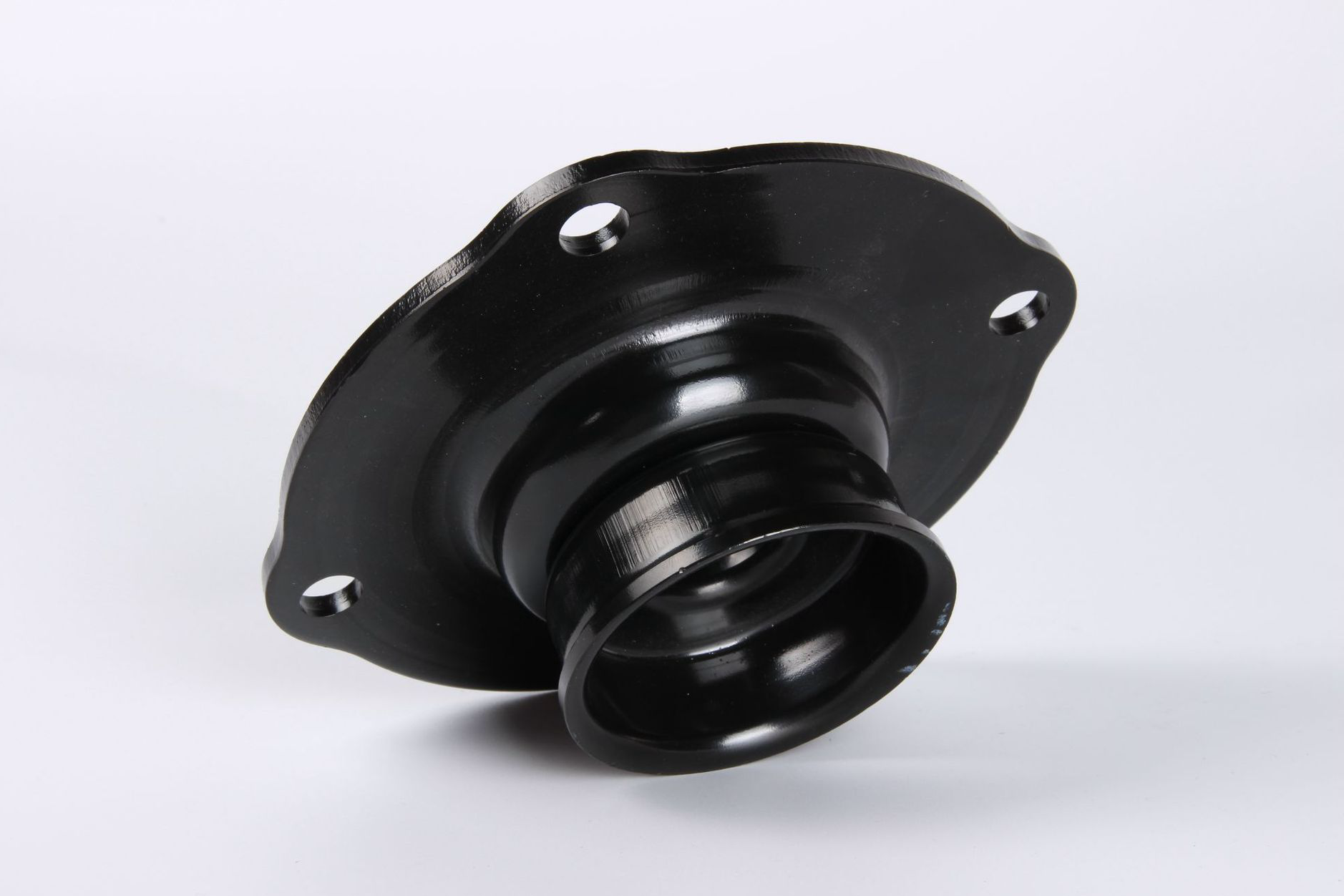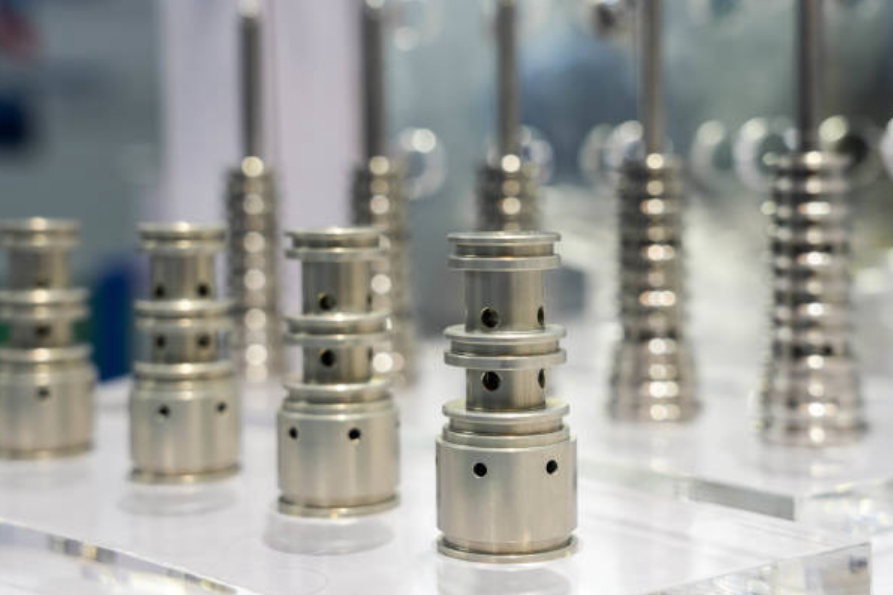Crafting Precision: Achieving Exact Angles with High-Precision Metal Bending
 Introduction
Introduction
In the realm of modern manufacturing, precision is paramount. Whether fabricating specialized aerospace components or intricate consumer electronics, achieving exact angles and accurate metal shaping directly impacts quality, functionality, and performance. High-precision metal bending has become essential for meeting rigorous design standards while significantly reducing material waste. Integrating this precision approach into fabrication ensures that components meet strict specifications, thereby enhancing efficiency and product performance across the automotive manufacturing and aerospace industries.
Understanding the Precision of Metal Bending
Achieving exact angles in metal bending involves strategically deforming metals through controlled force, typically using CNC-driven press brakes. Unlike simpler techniques, CNC metal bending provides consistent results across numerous iterations, greatly reducing material scrap and enhancing operational efficiency. This technology offers superior control and accuracy compared to traditional methods, such as sheet metal stamping, significantly reducing material waste and production costs.
Achieving Precision Through Technique
Material Preparation
Precision in metal bending starts with meticulous material preparation. Metals must be clean and free from surface contaminants or imperfections, such as rust, oils, or uneven coatings, which can negatively impact the bending accuracy. Processes such as sandblasting or surface preparation are crucial to ensuring uniform material quality, resulting in consistent bend angles and minimizing waste. Additionally, verifying uniform thickness and structural integrity helps manufacturers achieve predictable, precise bends, which is crucial when fabricating components from sensitive materials, such as cast aluminum.
Precision Tooling and Calibration
Quality tooling directly impacts bending precision. Customized dies and punches crafted from hardened tool steel ensure minimal deflection and consistent performance, resulting in highly precise and repeatable angles. Regular equipment calibration and routine inspections ensure that CNC press brakes maintain accuracy throughout extended production cycles, preventing costly deviations and ensuring that final products consistently meet stringent quality requirements.
Best Practices for Enhanced Accuracy
Selecting Appropriate Bend Radii
Different metals exhibit unique deformation behaviors under force. Selecting the optimal bend radius tailored to each material, such as stainless steel alloys or copper-based materials, significantly improves bending accuracy and reduces undesirable spring-back effects. Correctly selecting the bend radius prevents unnecessary rework, reduces scrap, and aligns production practices with eco-friendly manufacturing initiatives.
Effective Parameter Management
Accurate control over bending parameters—including pressure, bending speed, and material positioning—is critical to achieving consistent angles. Proper CNC programming, informed by a deep understanding of specific material behaviors, ensures precise bends without requiring excessive trial and error. Manufacturers can further enhance efficiency by applying similar CNC strategies used in precision CNC machining, optimizing workflows, and ensuring consistently reliable outcomes.
Minimizing Waste through Precision
Efficient Material Use and Nesting
Precision bending significantly reduces waste by optimizing material utilization and minimizing material waste. Effective nesting strategies ensure minimal waste by economically arranging parts on metal sheets before bending, a practice similar to those used in sheet metal fabrication to conserve material. Advanced nesting software calculates the most efficient layout, maximizing the use of raw materials and minimizing leftover scrap.
Reduced Secondary Processing
Accurate metal bending reduces the need for secondary operations, such as intensive deburring, polishing, or surface finishing. By delivering precision upfront, manufacturers reduce processing times, decrease material handling, and save significantly on labor and resource expenditures.
Industry Applications and Examples
Precision metal bending supports various industry sectors due to its versatile applications:
Aerospace: Ensures the fabrication of structurally critical, lightweight components, adhering strictly to precise tolerances necessary for safety and efficiency in aerospace systems.
Automotive Industry: Fabricating precise brackets, chassis parts, and frame elements requires accurate angles to enhance vehicle performance, safety, and reliability.
Consumer Electronics: Precise metal bending is crucial for manufacturing intricate components, ensuring parts fit seamlessly within compact electronic designs while maintaining consistent aesthetic standards and product reliability.
Construction and Architectural Fabrication: High-precision metal bending produces structural steel beams, supports, and architectural fittings, ensuring structural integrity, durability, and ease of installation.
Conclusion
Precision metal bending is a crucial manufacturing practice that significantly enhances product quality, reduces material waste, and promotes sustainability. By mastering the art of accurate angles and efficient techniques, manufacturers across various sectors can enhance operational efficiency, reduce costs, and achieve consistent, reliable outcomes, ultimately supporting long-term competitiveness and sustainable industry practices.



